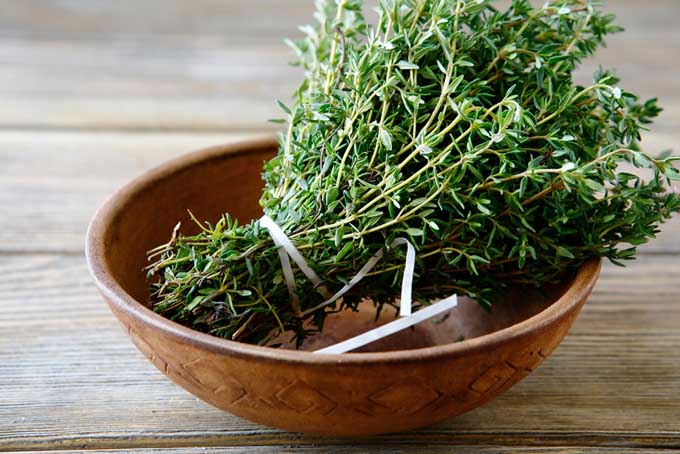
Thyme is one of the most favored herbs in many different cooking styles.
The flavor and smell of thyme enhances the cuisine it is used in, and gives dishes a delicacy that’s not easy to achieve with any other herb. However, it is essential that the herb be used in the proper way, and to the best of its advantage.
The plant has a slightly sour flavor much like a very mild lemon, and goes great with vegetables and seafood. Many cooks use it on poultry and meats, and even for stuffing. But at times this can cause it to lose its flavor, especially if it is cooked for too long.
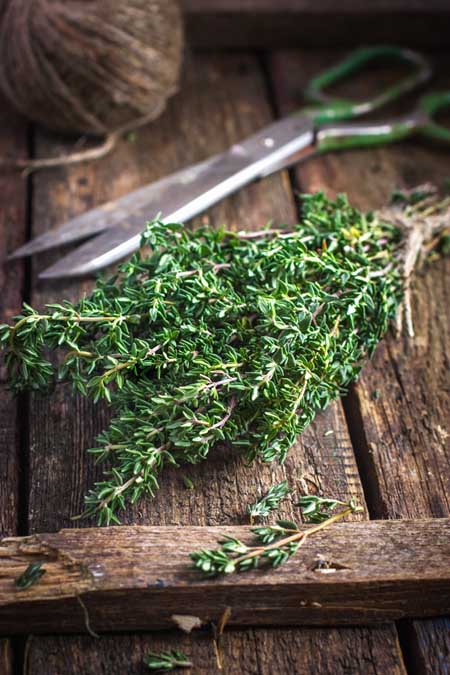
Here are some tips for using thyme in your dishes, and retaining its aroma and flavor:
1. Vegetables and seafood have a mild taste and are usually not overcooked. The thyme enhances the flavor of these dishes without overpowering the taste of the food itself. You’ll love the fresh herbs in our simple and summery recipe for thyme-seasoned green beans with tomatoes. If the vegetable and seafood dish is a sauté, fresh leaves work wonders in bringing out the subtle flavors.
2. Dried thyme added right at the end of cooking to soups like lentil and split pea brings an aroma to the dish that is hard to miss. Just add the herb and immediately take the soup off the heat. Keep the dish covered, and when you are ready to serve, the soup will smell heavenly.
3. Stews are cooked for a long time, and adding any fresh herb to this dish may seem pointless. However, once the stew is cooked, you may add finely chopped leaves to the pot and serve. These add a touch of tangy taste that makes the stew taste great.
4. Poultry dishes often have a mild taste, helped by the addition of thyme when cooked properly. If you are baking chicken or roasting it, adding dried leaves, like in our DIY chicken dry rub, will bring a flavor and aroma to it that everyone will love. Mix some lemon juice with the leaves, and baste the chicken with this mixture for best results.
5. Meat sometimes has a very strong flavor, and because it needs to be cooked well, cooks do not usually prefer using thyme in these dishes. However, fresh leaves can be used in the marinade, helping to give it a savory taste once cooked. Try the fresh herbs in our Lemon and Thyme Grilled Chicken recipe.
6. Leaves without the stem work great in salads – just a couple of sprigs will give your fresh veggie salad a kick that no dressing will achieve on its own.
7. When baking bread, add a couple pinches of dried thyme to the flour to make an herbed bread that tastes great with butter. For garlic bread, add fresh crushed leaves to the butter and spread on the bread before putting it into the oven.
8. Pasta and herbs are a great combination. When you have made your favorite pasta sauce, add a pinch of dried leaves to enhance your dish.
9. Most herbs wither when overcooked, and thyme is no exception. When making sauces, add the herb last and immediately take off the heat. This will help to retain the flavor and aroma.
10. While somewhat unusual, fresh thyme leaves can even be used to decorate desserts, like soufflés and custards. The slightly lemony taste helps make the sweetness of the dessert less pronounced.
What’s your favorite way to use the flavor of thyme to enhance your dishes? Let us know in the comments!

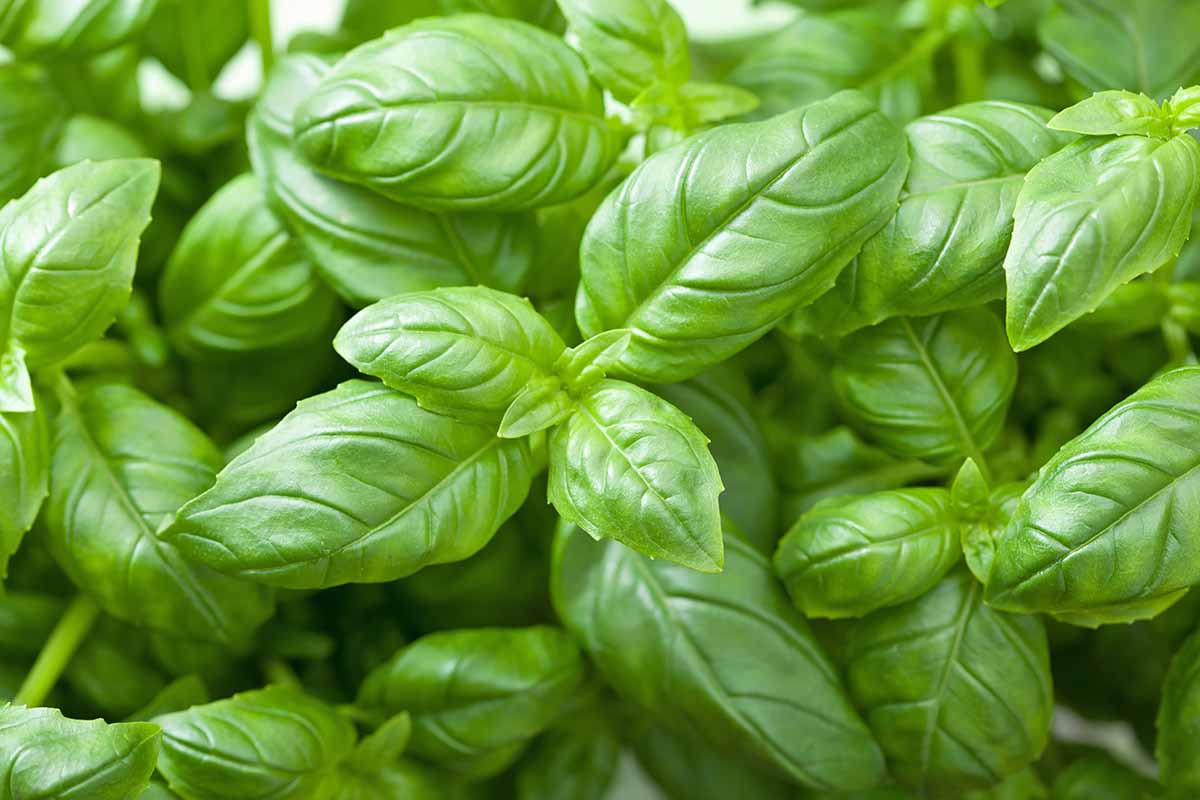
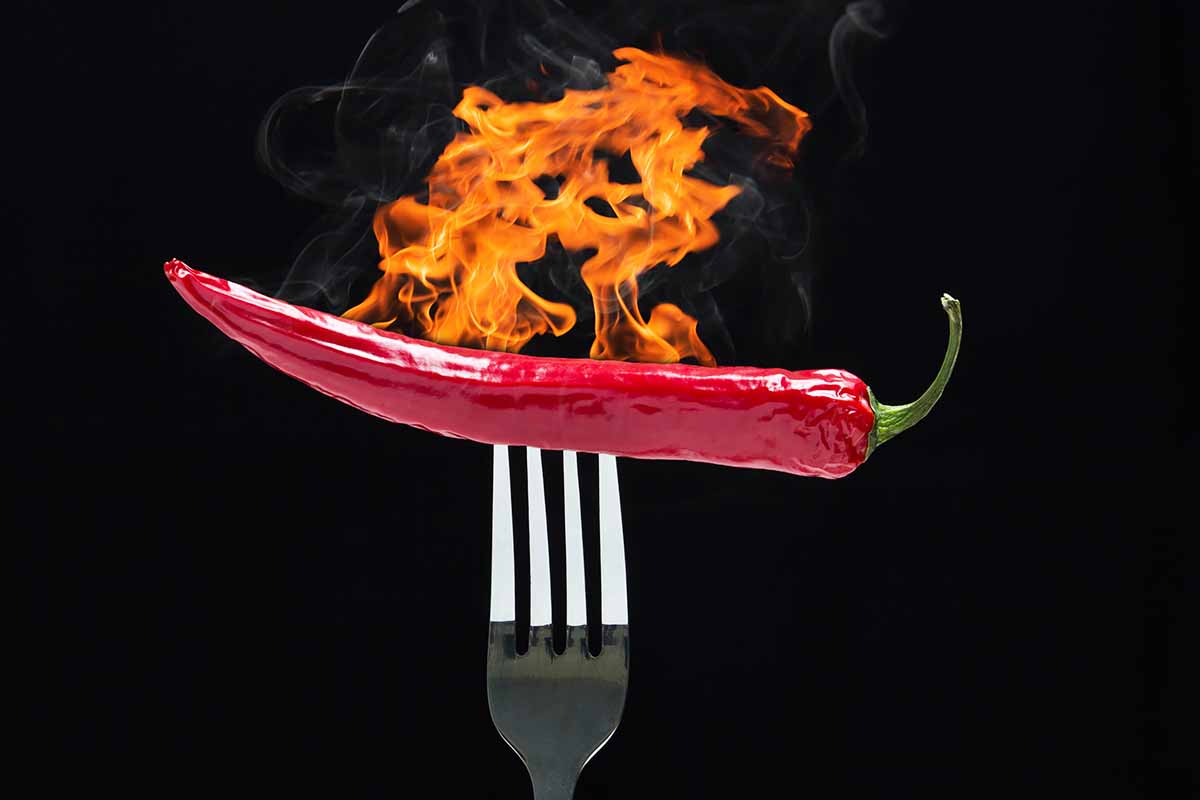
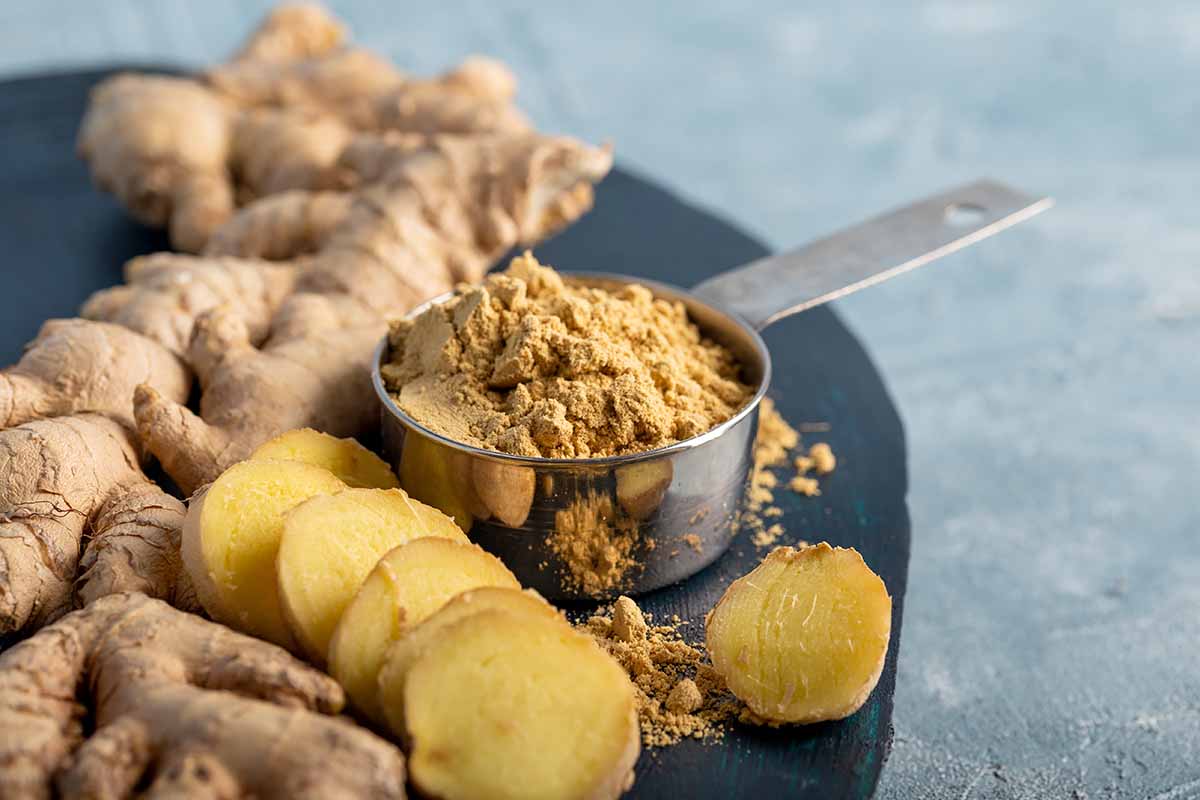
Thyme is really easy to grow, even in a windowsill container so I’d really recommend growing your own. It works out much cheaper and the flavor is far superior. Growing your own also keeps things fresh – you can just snip off what you need without worrying about the rest going off.
Like missbishi says, it’s so easy to grow and, like basil, it smells so amazing when watered!
I actually know that the herb loses some of its flavor if cooked too long, but the traditional creole recipes of my mom island almost always use thyme. As a matter of fact, the mix of onion, garlic, ginger, turmeric power and thyme is the basic of the taste of the local dishes! Every meat – and egg- can go to it! 🙂
I use thyme a lot, but I can taste it most when it’s thrown in at the end. My favorite recipe to use it in is grilled mushrooms, cauliflower, and cheese sandwiches. You saute cauliflower until almost tender, then throw in mushrooms, fresh thyme, seasoning to taste and cheese. Pile it on bread and you’re in business!
I’ve never really used thyme, but as I am thinking of baking more of my own bread, I think it will add flavor to it as long as I use small pieces that will be edible.
I do love using herbs, but didn’t know that they could be over cooked. If I reheat the sauce or freeze a batch, it’s not going to taste as good, so maybe I’ll use some dried herbs instead for cooking and then fresh herbs just before I serve it.
My favorite thing to use with thyme is to add a few sprigs of it to steak. It’s so delicious, I’m literally salivating as I think of it
Thanks Sandy for these helpful tips. I love thyme and I have been wanting to know what dishes to use it in, so I can get more of it. This is news to me that it needs to be cooked in more towards the end. I hope that means I can look forward to even more flavor. All the comments here are really great too. Thanks everyone. I am encouraged to grow my own thyme and I am going to do the cauliflower mushroom recipe for sure.
I love thyme! I use it a lot in italian dishes. Thanks for suggesting some different uses for it. I wonder how it would work in a salad though, I find raw thyme leaves to be pretty tough. Maybe you could heat it through beforehand?
Adding thyme to soup is a great way to enhance flavor without overdoing it. I’ve never really tried adding it to meat or poultry although it sounds pretty interesting. Is there a way to tell when it’s cooked just enough?
The thing that I tend to do with dry thyme is overcook it. Thanks for the tips about throwing it in later in the cooking process. Sometimes when I’m trying to get a sauce going I forget to add seasonings & herbs in intervals. I should print up some stickers to add to my jars.
Much to my chagrin, I’ve been using thyme wrong for years. I wasn’t aware that it loses flavor when cooked for long periods, so I will definitely rectify that. I’ll add it towards the end of cooking, or as a garnish from now on, since I want the flavor. I hadn’t thought to use it on souffles or custards, so I’m glad I read this.
This is really good to know! A bunch of this stuff grows in my mother’s garden and we never know what to do with it. I usually just toss it in when I’m marinating meats though. I’ll definitely try it in the salad option.
I really enjoy using thyme when I cook. I was not aware that it loses its flavor if cooked too long. I really enjoyed reading these tips.
Thanks for this article. I don’t cook with thyme very often. I usually stick with rosemary so reading this really helps. I personally think too much thyme can be over powering. I tend to use it sparingly.
I really like adding thyme into meals with various mushrooms, fungi. I think the taste of these two things walk hand-in-hand.
Also one of my favourite, stomach soothing tea is thyme-tea. Even if you buy it in the shop or just boil a few leaves it is really calming and flavorful.
From reading your article, it looks like I have been overcooking my thyme, from now I will make sure that it is as fresh when it time to eat it, thanks for sharing.
Well thyme is a common feature in the stews and soups that I make, but I have to say that I have not really used it on seafood all that much. I tend to not want to take anything away from the taste of the fish itself, or whatever type of seafood it is, and so I am hesitant to spice things up too much. That said, I appreciate the fact that you say it does not overpower the dish, so I might have to try it a little more. Thanks for sharing.
Good ideas! We have so much in our kitchen, and now I know what I can use it in! My lentil soups and stews never turn out quite as well as I’d like, so maybe I’ll use some thyme in them and see how it works. I’d never heard of adding fresh thyme into garlic bread until now, but I’ll certainly give it a try!
I love using thyme in all the above recipes. I have five plants in my garden. I dry it, then store it. Thank you!
So I need to watch my TIME while cooking with Thyme ????
Thyme is my go-to when fixing ground turkey, chicken and other meats. It is so delicious. I add it toward the end of cooking, and a little goes a long way. I top my meats with chopped tomatoes. I do small portions 3-4 oz because I may go back for more, add a side of fruit, 6 oz of wine – so good.
Sound great, Jo! Thanks for sharing. I’m looking forward to growing some thyme in my herb garden this year.
We just harvested two beautiful bunches of thyme from the garden. One rather gregarious bunch of German thyme and another more petite bunch of French thyme. The German thyme definitely appears to be more hardy. We bundled the sprigs tightly bound with some butchers twine at the base and have hung them along with some Italian oregano above the pantry door (we’re using it like spring thyme mistletoe – kiss-kiss) – it’s so wonderfully fragrant in the pantry now! I think i’ll make us a thyme tea later in the evening!